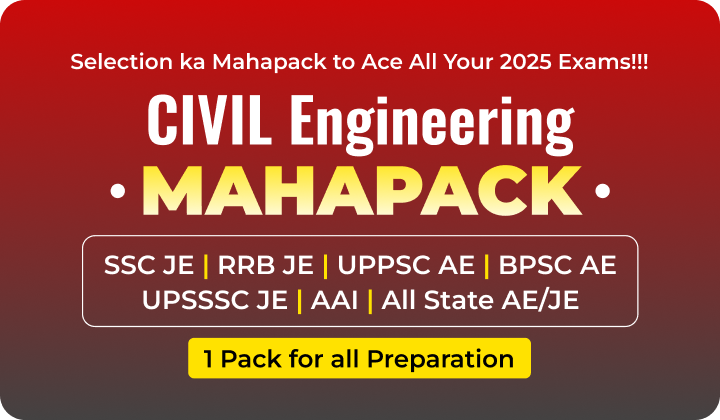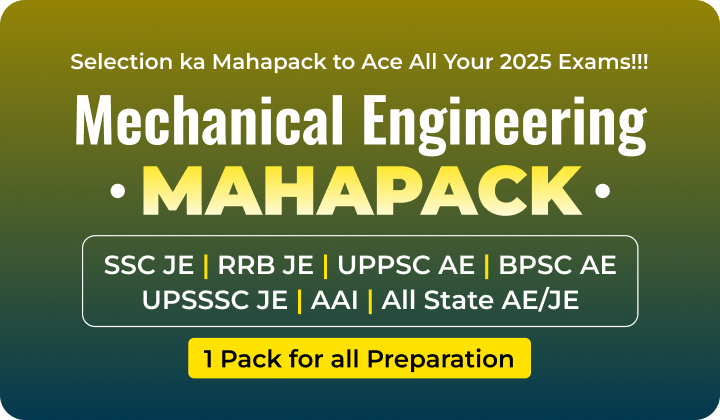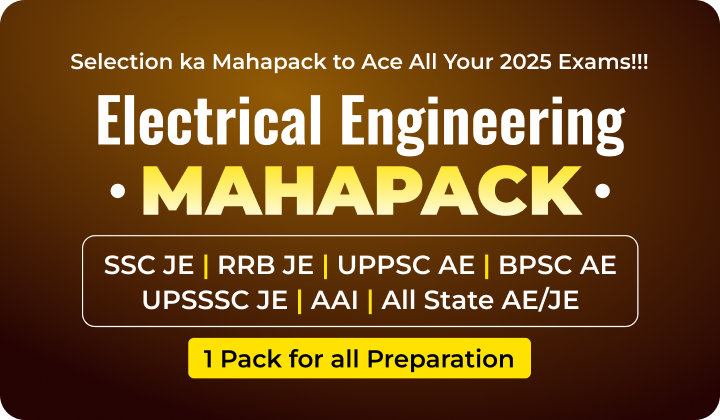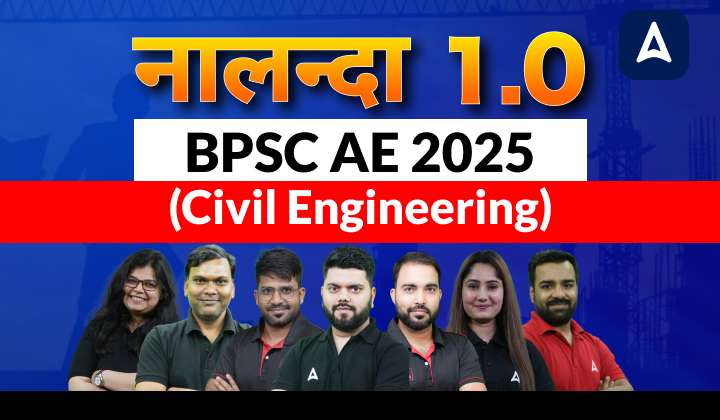Table of Contents
NIC Recruitment 2023
NIC Recruitment 2023 has been announced by National Informatics Centre for various Scientist-B, Scientific Officer/ Engineers-B, and Scientific/ Technical Assistant-A posts on its official website. The NIC invites online applications from eligible candidates up to 04th April 2023 to fill up to 598 vacancies notified under NIC Notification 2023.
NIC Recruitment
National Informatics Centre announced the number of applications details received for NIC Scientist B Recruitment 2023 for the 598 vacancies. Aspirants must prepare for NIC Recruitment as soon as possible as the NIC Exam is going to be announced soon. Candidates must read the full article to get complete details regarding NIC Recruitment and must bookmark this website for further Engineering Job Updates.
Check: CCL Recruitment 2023
NIC Recruitment 2023 Overview
NIC Notification 2023 is out for 598 Scientific and Technical posts on a direct recruitment basis. The online application link for NIC Recruitment 2023 will be active till 04th April 2023. Check the key details of NIC Recruitment 2023 for Scientist B in this section.
| NIC Notification 2023 Overview | |
| Recruitment Authority | National Informatics Centre (NIC) |
| Posts Name | Scientist-B, Scientific Officer/ Engineers-B, and Scientific/ Technical Assistant-A |
| Total Vacancies | 598 |
| Advertisement No. | NIELIT/NIC/2023/1 |
| Category | Engineering Jobs |
| Apply Online Start | 04th March 2023 |
| Last Date to Apply Online | 04th April 2023 |
| Job Location | All Over India |
| Selection Process | Written Test & Interview |
| Salary Structure | Click Here |
| NIC Official Website | https://www.nielit.gov.in |
Check: ISRO IPRC Recruitment 2023
NIC Scientist B Recruitment 2023
National Informatics Centre is inviting online applications from eligible candidates for filling 598 vacancies of Scientist-B, Scientific Officer/ Engineers-B, and Scientific/ Technical Assistant-A against the latest advertisement NIELIT/NIC/2023/1. On 20th April 2023, NIC has released the data for the number of applications received for the NIC Scientist B Recruitment 2023. Download the latest data of the number of candidates applied from the link given below.
Download Pdf for List of Number of Candidates Applied
NIC Recruitment 2023 Notification PDF
NIELIT rolled out a detailed NIC Recruitment 2023 Notification PDF for 598 posts of Scientist-B, Scientific Officer/ Engineers-B, and Scientific/ Technical Assistant-A on its official website @nielit.gov.in. Candidates interested in NIC Scientist B Recruitment must go through the full NIC Notification PDF to get familiar with the recruitment details. Follow the direct link provided here to download the NIC Notification PDF successfully.
Click here to download the NIC Recruitment 2023 Notification PDF
NIELIT NIC Recruitment 2023 Important Dates
NIC announced all the important dates related to NIELIT NIC Recruitment 2023 along with the official notification pdf. We have tabulated the key dates of NIC Notification 2023 here for the convenience of candidates.
| NIELIT NIC Recruitment Important Dates | |
| Events | Dates |
| Online Application Start | 04th March 2023 |
| Last date of Online Application | 04th April 2023 |
| Exam Date | To Be Notified |
Check: SAIL Bokaro Recruitment 2023
NIC Scientist B Apply Online
The online application window for NIC Scientist B Recruitment 2023 opened on 04th March 2023 and will remain open till 04th April 2023. The desirous candidates can apply online for 598 vacancies announced under NIC Recruitment 2023 through the direct link given here. The recruitment authority activated the application online link on its official website.
NIC Recruitment 2023 Apply Online Link

NIC Vacancy 2023
As per the NIC Notification 2023, a total of 598 vacancies are announced by NIELIT for Scientific and Technical posts. Candidates can check the post-wise vacancy breakup for NIC Recruitment 2023 here.
| NIC 2023 Vacancy Details | ||||||
| Post Name | Category-wise Vacancies | Total Posts | ||||
| UR | SC | ST | OBC (NCL) | EWS | ||
| Scientist-B (Group A) | 30 | 10 | 05 | 19 | 07 | 71 |
| Scientific Officer/ Engineer (Group B) | 81 | 29 | 14 | 52 | 20 | 196 |
| Scientific Technical Assistant (Group B) | 134 | 49 | 24 | 88 | 32 | 331 |
NIC Eligibility Criteria 2023
The candidates aspiring to apply for such a huge number of vacancies announced through NIC Recruitment 2023 must fulfill the eligibility conditions as prescribed under the NIC Notification PDF. Candidates can check the detailed eligibility criteria for NIC Recruitment including educational qualification and age limit explained below:
NIC Recruitment 2023 Educational Qualification
Candidates must attain the basic qualification as under to apply for NIC Recruitment:
| Post Name | Educational Qualification |
| Scientist-B | BE/B. Tech/ ME/M. Tech/ M. Sc/M. Phil degree in relevant discipline from a recognized University/Institute. |
| Scientific Officer/ Engineer | BE/B. Tech/ ME/M. Tech/ M. Sc/ MCA degree in relevant discipline from a recognized University/Institute. |
| Scientific Technical Assistant | BE/B. Tech/ ME/M. Tech/ M. Sc/ MCA degree in relevant discipline from a recognized University/Institute. |
NIC Recruitment 2023 Age Limit (as on 04/04/2023)
The age limit of applicants for NIC Recruitment 2023 is as under:
- Minimum Age Limit – 18 years
- Maximum Age Limit – 30 years
Age Relaxation benefit for SC/ST/OBC/PWD/ESM candidates is applicable as per the Govt. Norms.
How to Apply For NIC Recruitment 2023?
The important steps to fill out the online application for NIC 2023 Recruitment are listed below:
- Visit the official website of i.e. https://www.nielit.gov.in.
- Make online registration with a valid Email ID and Mobile Number.
- Fill out the Online Application carefully by giving all the necessary details.
- Upload the required documents in the preferred size and format.
- Make an online payment of application fees (if applicable)
- Now, submit the application form and take a printout for future reference.
Check: RRB JE 2023
NIC Recruitment 2023 Application Fees
The candidates are required to pay the application fees via online mode as per their category. Check the category-wise application fee details tabulated here.
| Category | Application Fees |
| Gen/ EWS/ OBC | Rs. 800/- |
| SC/ ST/ PwD/ Female | Nil |
NIC Scientist B Selection Process
The selection of candidates for NIC Scientist B Recruitment will be made based on the following stages listed here:
- Written Examination
- Personal Interview (Only for Scientist-B & Scientific Officer/Engineer Posts)
- Document Verification
- Medical Examination
NIC Recruitment 2023 Syllabus
NIELIT has released the NIC Recruitment 2023 Syllabus for 598 posts of Scientist-B, Scientific Officer/ Engineers-B, and Scientific/ Technical Assistant-A on its official website @nielit.gov.in. The candidates will be selected based on their performance in the written test and interview. The aspirants can check the NIC Scientist B Recruitment 2023 Syllabus from the below link to boost their preparation.
Click here to download NIC Recruitment 2023 Syllabus
NIC Recruitment 2023 Salary
The candidates selected for various Group A, B and C posts notified under NIC Recruitment 2023 will get a monthly remuneration as follows:
| Post Name | Salary |
| Scientist-B (Group A) | Level-10, Rs. 56100 – Rs.177500/- |
| Scientific Officer/ Engineer (Group B) | Level-7, Rs. 44900 – Rs.142400/- |
| Scientific Technical Assistant (Group B) | Level-6, Rs. 35400 – Rs.112400/- |
NIC Recruitment 2023 Exam Date
The National Informatics Centre will announce the NIC Recruitment 2023 Exam Date 2023 on its official website for 598 Scientist B and other posts. The candidates who are preparing for NIC Scientist B Exam 2023 must stay updated with the ADDA247 Team to get the latest updates regarding NIC Exam 2023 and bookmark this website for the latest Engineering Updates.
| Related Article | ||
| NIC Scientist B Syllabus 2023 | NIC Scientist B Salary Structure 2023 | NIC Scientist B Admit Card 2023 |
Now keep yourself updated with Latest Engineering Government Jobs 24×7 Download ADDA247 App Now! CLICK HERE
| Important Recruitments | |
| DRDO Recruitment 2023 | ISRO Recruitment 2023 |
| BHEL Recruitment 2023 | BEL Recruitment 2023 |
| NTPC Recruitment 2023 | PGCIL Recruitment 2023 |
| IOCL Recruitment 2023 | ONGC Recruitment 2023 |



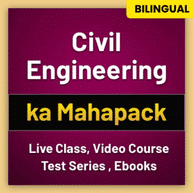
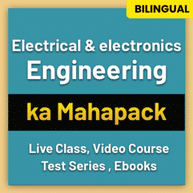
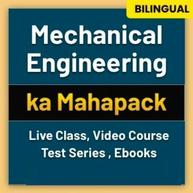

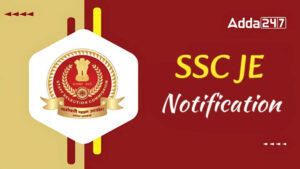 SSC JE Recruitment 2025 Notification Out...
SSC JE Recruitment 2025 Notification Out...
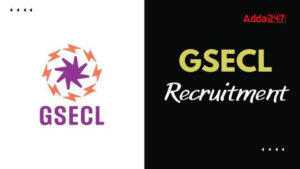 GSECL JE Recruitment 2025 Notification O...
GSECL JE Recruitment 2025 Notification O...
 SSC JE Mechanical Syllabus 2025, Subject...
SSC JE Mechanical Syllabus 2025, Subject...

